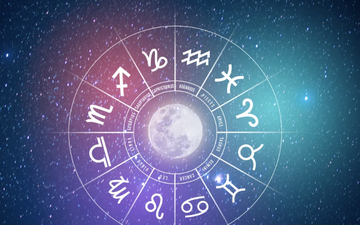
Blue Monday refers to "the saddest Monday" and is considered by some to be the most depressing day of the year. It usually occurs on the second or third Monday of January. For this year, January 20 has been designated as "Blue Monday".
Despite its controversial origins, Blue Monday has highlighted the importance of mental health, encouraging conversations about depression and well-being, particularly in January, a month that many experience as challenging.
How the Blue Moon was born
The term was coined in 2005 by British psychologist Cliff Arnall as part of a marketing campaign for a travel agency.
Rather, this idea was first published in a 2005 press release by the British company Sky Travel, which claimed to have calculated the date using an "equation".
Arnal's formula includes six factors, such as weather (W), income (D), debt (d), time since Christmas (T), time since failure to implement New Year's resolutions (Q), low levels of motivation (M), and the need for action (Na).
But theories and marketing gimmicks aside, Blue Monday is a day like any other day of the year, which can be gloomy for some, more gloomy for others, and not gloomy at all for others. January, however, is a gloomy month to some extent for everyone.
A "Blue Monday" is an event that can create a sense of reflection or emptiness, amplifying feelings of sadness or lack if you're going through a difficult time. Full moons are also often associated with deep emotions and inner changes.
However, the “blue moon,” like any full moon, does not bring sadness in itself—but that depends on how we relate to it emotionally. The symbolism of this day can also be interpreted as an opportunity for regeneration or a moment to set new goals.
If you feel particularly sad during this period, choose to do your favorite things, like taking care of yourself or seeking support from loved ones.





